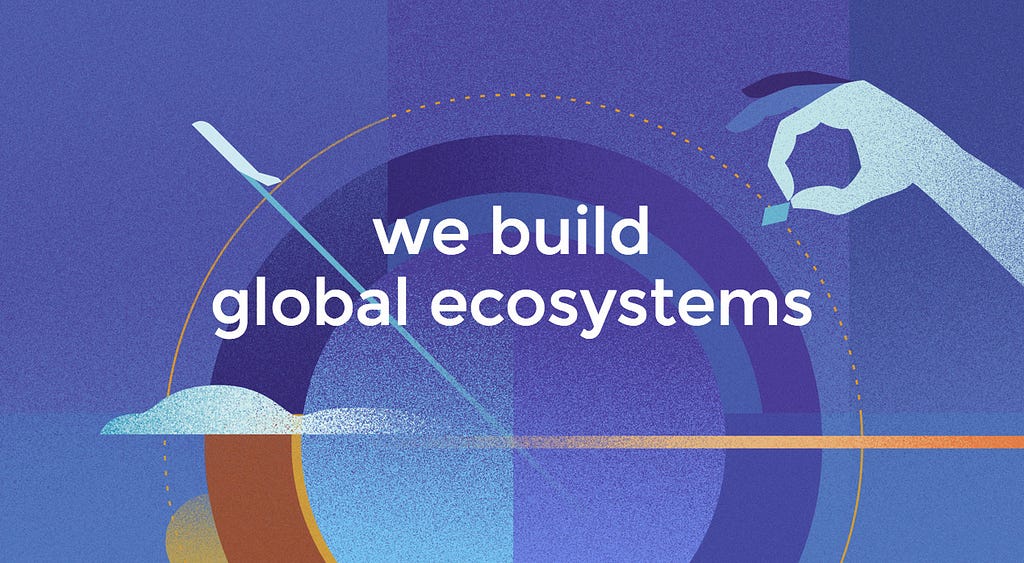Blended Capital: The Future of Social Impact Investing

Over the past year there has been a lot of focus in the financial services community on social impact investing. Investors who have not traditionally been in the social impact space are now making changes to their investment charter to include mission driven, for profit companies. Venture Capital and Private Equity firms that have been ignoring social impact have jumped in as well.
The presence of the PE/VC crowd is changing the ecosystem and some traditional social impact investors are now taking a different approach. NGOs, foundations, and banks have always been in the game, but are starting to behave differently as well. Each of these players think that they have the right blueprint for social impact investing: They are all wrong.
Blended Capital
Social impact companies and investors can benefit greatly from something called Blended Capital. Blended Capital is the mix of government or non-profit grants, equity investments, and bank loans put into a startup. The salient point is how the capital is sequenced:
- Foundations, governments, and NGOs go in first and grant non-equity taking, non debt capital to a social entrepreneur with an idea. This gets the founder out of the garage and gives them the ability to hire a small team, build a product, and attract initial customers. This de-risks the investment for the next stage, but adds a lot of impact, accomplishing the foundation’s goal.
- Next VCs and Social Impact funds come in and make equity investments, typically getting the company past the initial stages of product-market fit and into a growth mode. This helps the company scale in ways a grant would not allow and de-risks the investment for the next stage.
- A lot of times the company will need to finance inventory, equipment, or the expansion into a new market. This makes more sense to finance by bank loans rather than dilutive capital. The banks get to lend to the company at commercial rates as the company has been de-risked by the previous two sources of capital.
Blended capital only works if all three parties (non-profit grant agencies, equity investors, and lenders) work together. A blended capital deal does not make sense to any one player if the other two are not involved, creating more opportunities for social entrepreneurs. For example most foundations “spend $1 to buy $1 of impact, but that $1 goes away forever.” Now those foundations, governments, and NGOs can get a better return on that $1 if they work with equity and bank finances on deals, creating sustainable, lasting companies that not only provide a return on investment for their investors, but a longer return on impact for their grant-givers. Now a foundation can spend $1 and get $10 or more of impact.
In the past these players worked independent of each other, creating misalignment and inefficiency, reducing the amount of impact and opportunity. For example, I watched a social entrepreneur try to finance inventory of their portable solar lights to send to Puerto Rico after the hurricane. No bank would finance the operation, despite several customers (in need!) lined up.
If that company had been allowed to take advantage of blended capital, the sequencing of the grants and equity financing first would have made the startup attractive to market/commercial lending rates for any bank. Because blended capital was not available at the time, the founder had to turn to expensive equity financing for that inventory. (VCs typically don’t finance inventory.) Because of dilution and the expense, only a fraction of the original inventory was financed, bringing the company far less revenue (and profit) and impacting far less people in need.
An alliance of philanthropic and for profit investors is needed to solve some of the world’s most pressing problems. Experts estimate that the opportunity is measured in the multi-trillion dollar range. Its time for all the social impact players to stop working in silos and work together.
Blended Capital: The Future of Social Impact Investing was originally published in Fusion by Fresco Capital on Medium, where people are continuing the conversation by highlighting and responding to this story.


